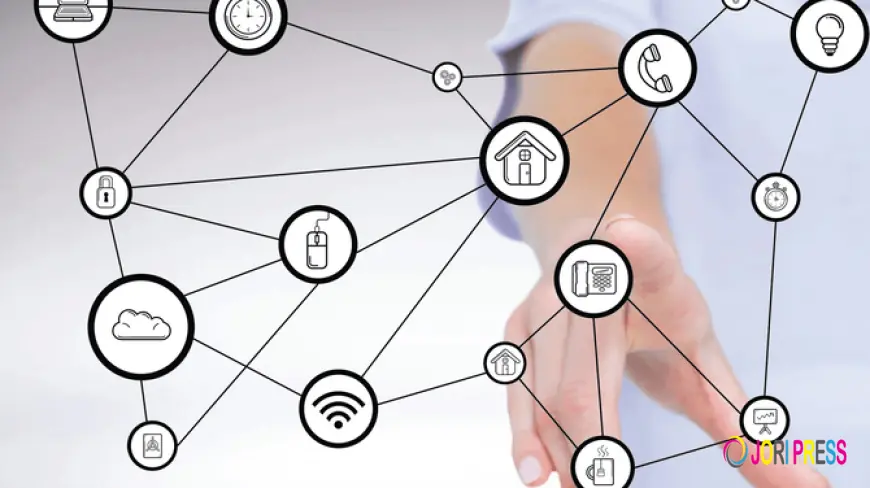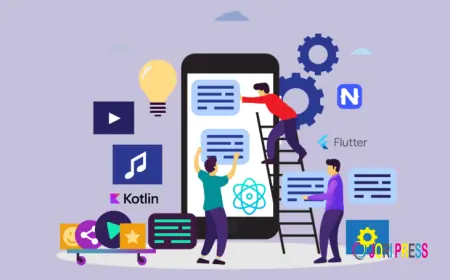Telecom Network Monitoring Reinvented With Digital Twins
A deep exploration of how digital twins transform modern telecom network management through predictive insights, real-time simulation, 5G optimization, AI integration, and improved customer experiences, enabling smarter and more resilient network operations. Discover how digital twins enhance modern telecom network management through prediction, simulation, AI integration, and improved network performance.

Telecom networks have evolved into sprawling, data-driven ecosystems where the margin for error is microscopic and the demand for precision grows by the hour. As these networks expand, operators face unprecedented complexity. Digital Twins in Modern Telecom Network Management have emerged as a transformative force, offering real-time simulation, predictive intelligence, and a new level of operational clarity. The Business Insight Journal and BI Journal have increasingly highlighted how this technology is redefining the way telecom leaders monitor, optimize, and future-proof network infrastructures.
What Digital Twins Mean for Telecom Networks
Digital twins are dynamic, virtual representations of physical network components that behave exactly like their real-world counterparts. In telecom, this means operators can mirror entire network environments, track live conditions, and simulate outcomes before executing changes. These replicas pave the way for safer upgrades, smoother deployments, and more efficient troubleshooting.
Why Network Complexity Requires New Intelligence
Modern telecom infrastructure no longer resembles the neatly-layered networks of the past. With 5G, edge computing, private networks, IoT devices, and cloud offloading, operators are navigating an intricate web of interdependencies. Traditional monitoring tools struggle to keep pace with this complexity, making digital twins essential for achieving visibility and predictability. They transform raw network behavior into understandable insights that telecom teams can act on confidently.
Predictive Maintenance and Real-Time Simulation
One of the most celebrated strengths of digital twins is predictive maintenance. By analyzing patterns in cable wear, signal degradation, traffic flows, and energy usage, digital twins identify potential failures long before they disrupt operations. Real-time simulation allows teams to test network upgrades, software patches, and architectural adjustments in a risk-free environment. This dramatically reduces downtime and empowers telecom operators to refine systems continuously.
Optimizing Network Performance Through Virtual Replicas
Virtual network replicas enable providers to experiment with traffic routing, load balancing, bandwidth allocation, and antenna positioning. Each scenario can be tested under realistic conditions, revealing the most efficient configuration without touching the physical network. This level of optimization is especially valuable when dealing with peak-hour demands or region-specific congestion. Digital twins bring science-based decision-making to moments that previously relied on manual adjustments or educated guesses.
Strengthening 5G and Future-Network Strategies
Digital twins play an essential role in accelerating 5G rollouts and preparing for next-generation architectures. They allow engineers to evaluate spectrum usage, simulate interference patterns, and forecast performance under various deployment conditions. When preparing for even more advanced networks, digital twins offer a development playground where telecom innovators can test futuristic capabilities years before they reach the real world. Communities such as those connected through Inner Circle often share insights on how digital twins influence next-generation network strategies.
Integrating AI and Machine Learning With Digital Twins
When AI and machine learning merge with digital twins, telecom operators gain a predictive powerhouse. Algorithms learn from real-time data and simulation outcomes, constantly refining their recommendations. This creates a loop of continuous improvement where each event—whether successful or disruptive—enhances the network’s future resilience. The partnership between digital twins and AI is quickly becoming a cornerstone of self-healing and autonomous telecom operations.
How Digital Twins Enhance Customer Experiences
Customer satisfaction in telecom is inseparable from network reliability. Digital twins allow providers to diagnose issues quickly, anticipate outages, and tailor service levels based on user behavior. By simulating customer journeys and testing how applications perform across diverse network conditions, telecom companies can proactively enhance service quality. This improves everything from video streaming performance to enterprise-grade connectivity guarantees.
The Role of Data Governance and Security
As networks become more mirrored and interconnected, the importance of data governance rises. Digital twins rely on sensitive operational information, making secure data pipelines essential. Telecom operators implement strict permissions, encryption protocols, and zero-trust frameworks to protect both virtual and physical infrastructures. Governance ensures that digital twins remain powerful tools without becoming new vectors for security risks.
Industry Collaboration and Innovation
Telecom operators, research institutions, and technology providers are collaborating more deeply than ever. Digital twins create a shared environment where innovations can be tested, refined, and deployed faster than traditional cycles allow. Cross-industry experimentation ensures that telecom networks evolve with resilience and creativity rather than fragmentation.
Conclusion
Digital Twins in Modern Telecom Network Management are reshaping how networks are built, monitored, and optimized. They offer predictive insight, operational flexibility, and a level of precision that modern telecom demands. As the industry moves toward more automated and intelligent architectures, digital twins will serve as the backbone of innovation, performance enhancement, and customer-centric evolution.
What's Your Reaction?
 Like
0
Like
0
 Dislike
0
Dislike
0
 Love
0
Love
0
 Funny
0
Funny
0
 Angry
0
Angry
0
 Sad
0
Sad
0
 Wow
0
Wow
0



















































